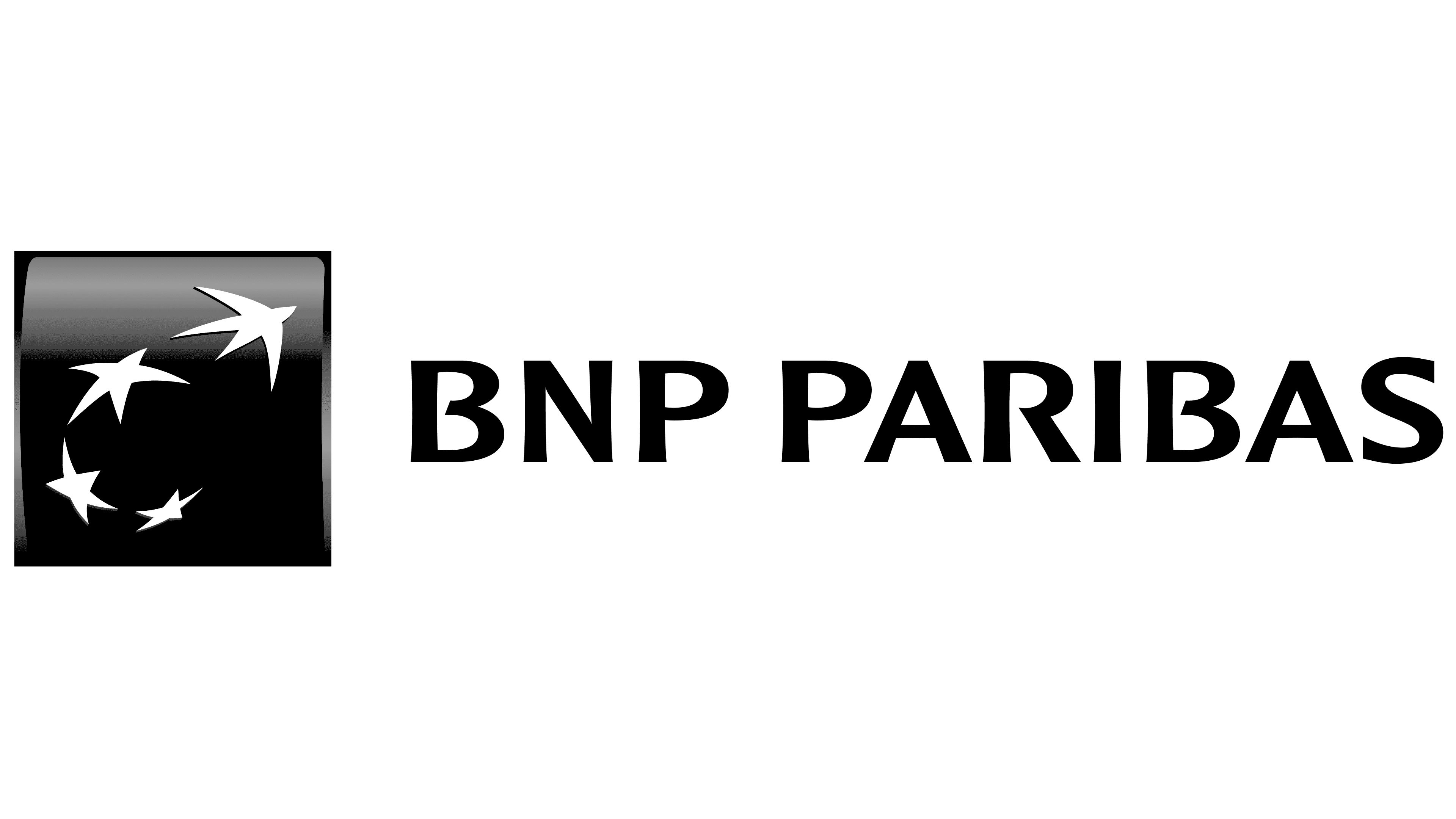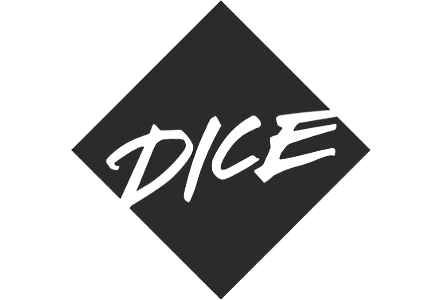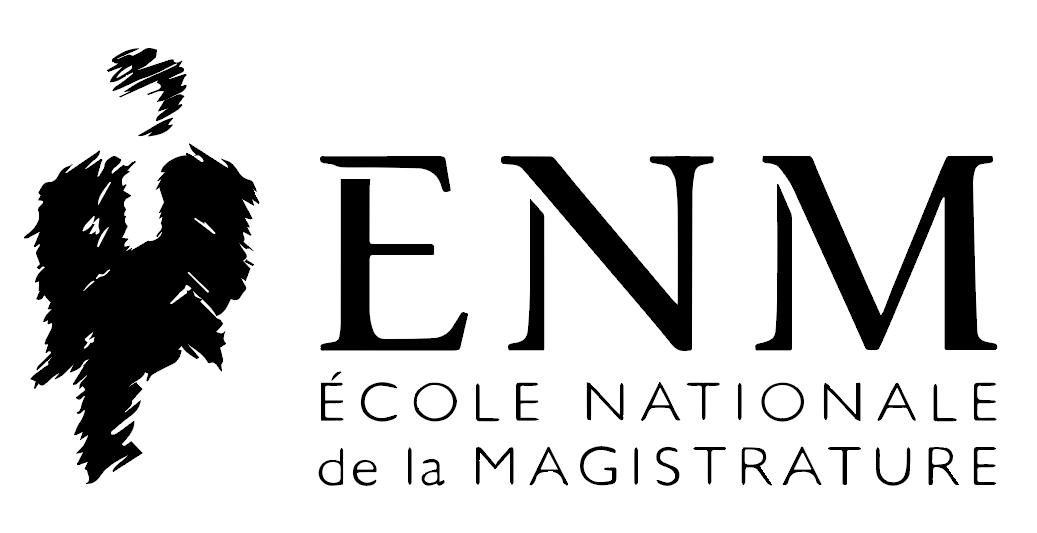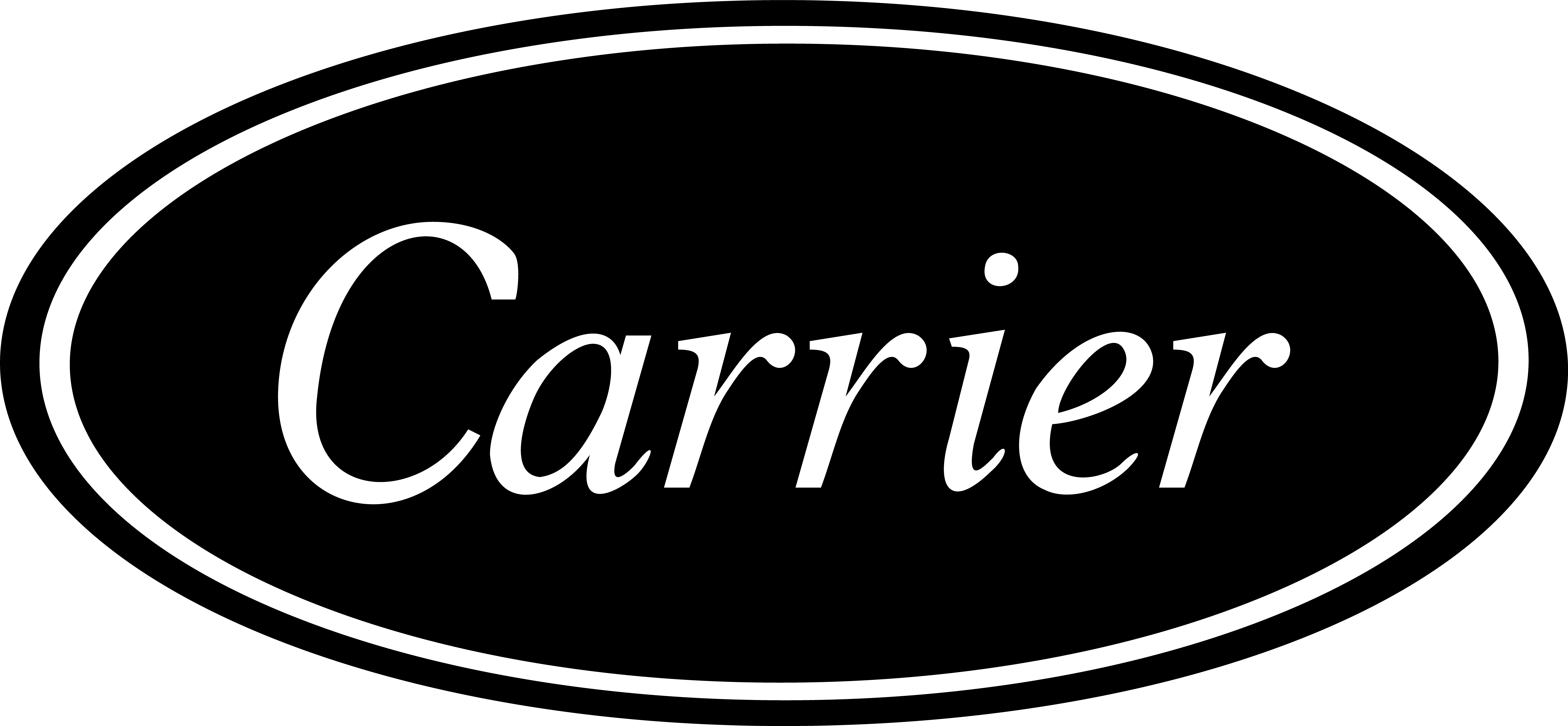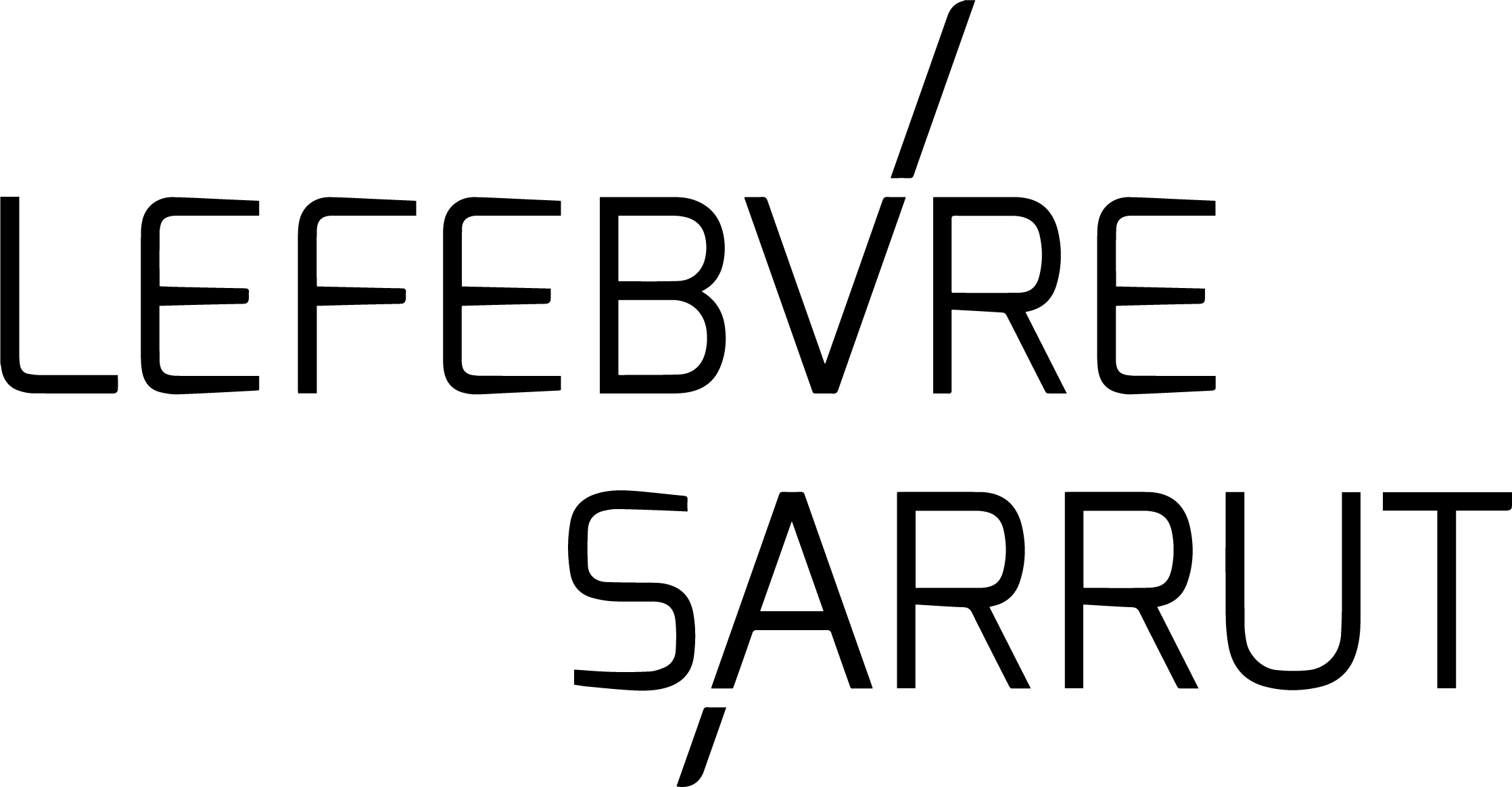Dive into the heart of Legal Design - the mindset, legal foundations, methodology and added value for your company. Embed and adapt the method through real case studies and practice on a simple legal document.
Then, we'll develop together several new habits to practice user-centric law and optimize your daily work!
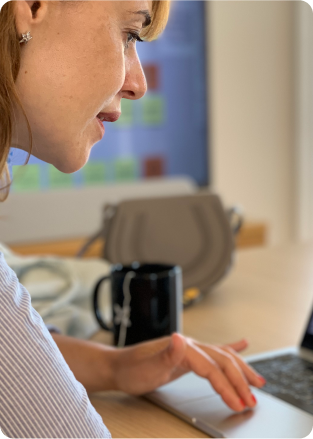
Need a customized training?
Haven't found what you're looking for? Contact us so that together we can define a training plan adapted to your needs and expectations.



